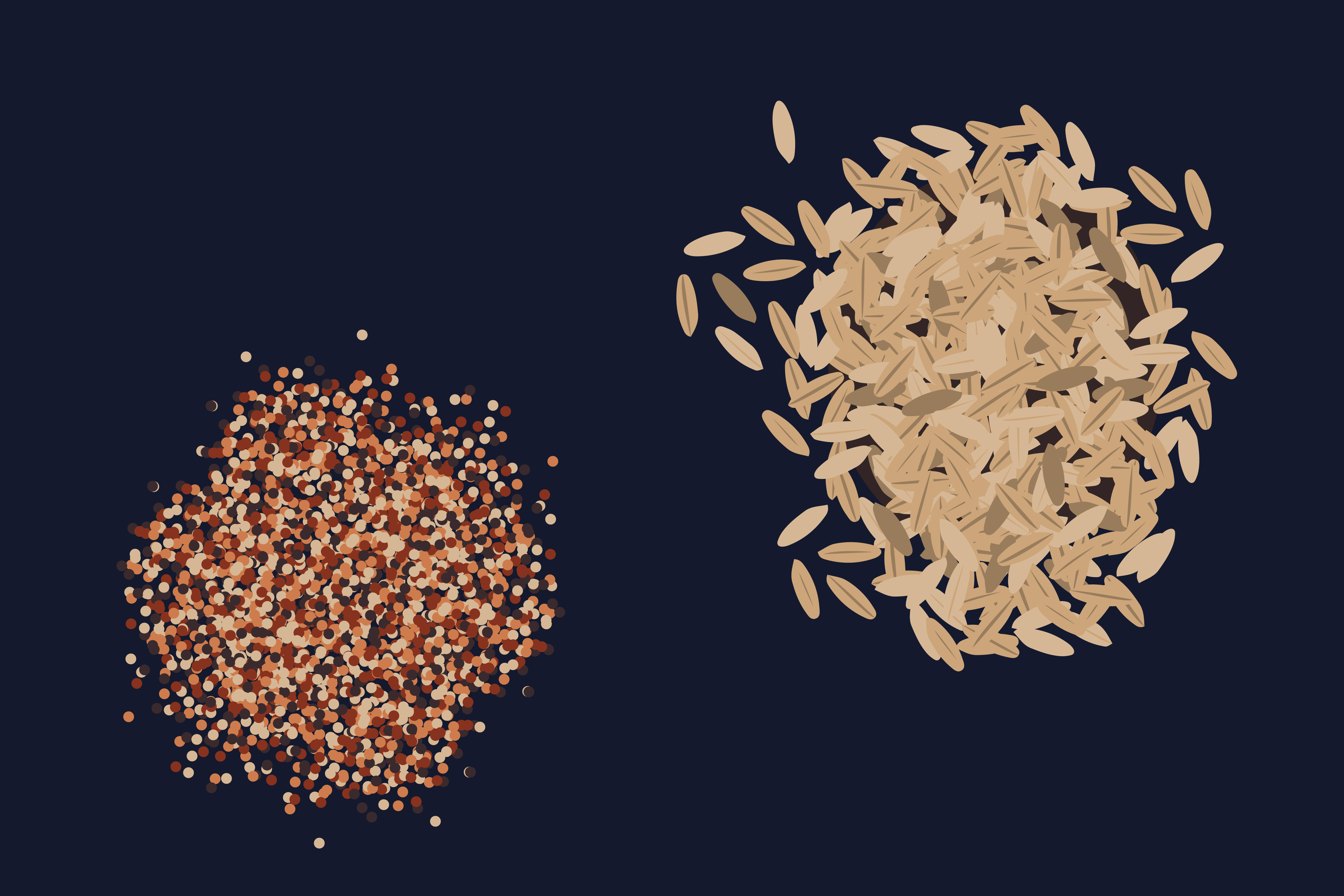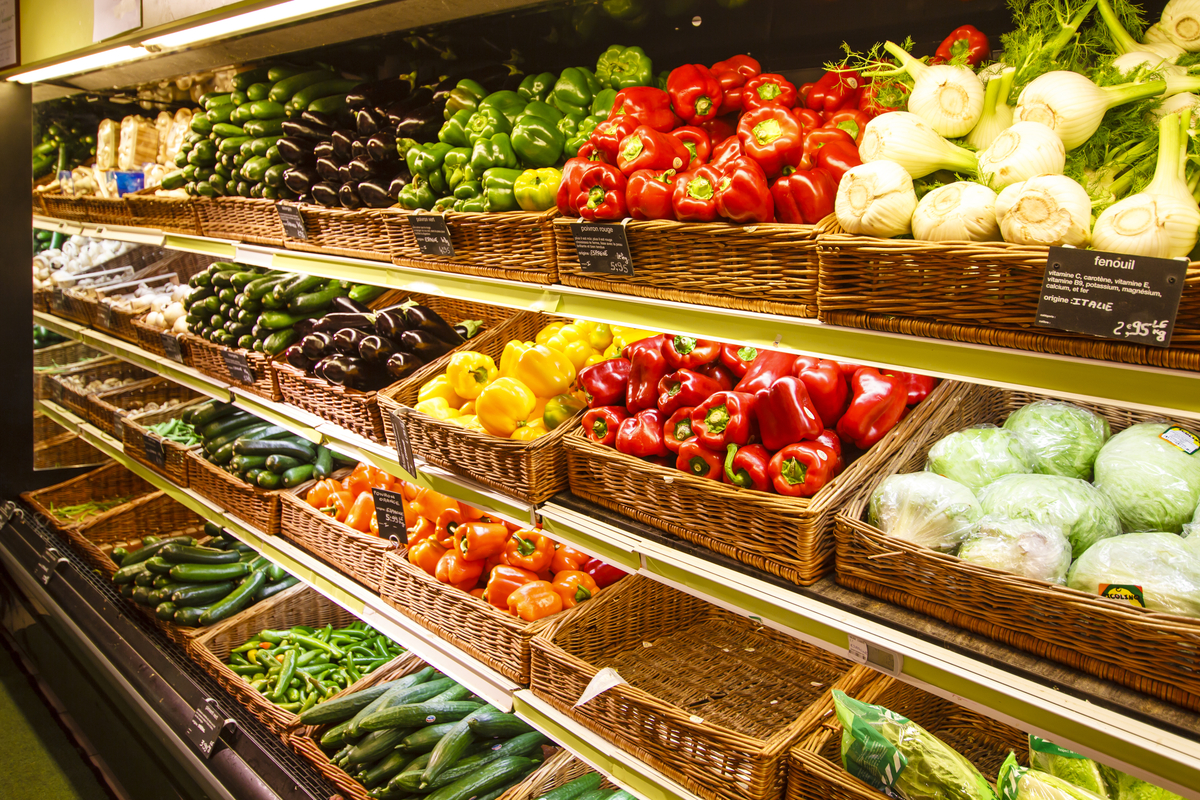Grain fads seem to come and go quicker than we can perfect the recipes they star in. So if you haven’t heard of farro yet, just wait. It’s about to take over your Pinterest feed like quinoa did a few years back. While the round tiny grain we cook up in hot and cold dishes alike is praised for its high fiber, protein and vitamin content, can farro offer just as many healthful benefits?
Is farro or quinoa better for you?
Both superfoods became staples in the countries they originated in halfway around the world from each other, and they’re sure to pack a nutritious punch in your own kitchen, too.
Farro nutrition
People who aren’t fans of the nutty flavor and tapioca texture of quinoa often prefer farro as a delicious and nutritious grain alternative.With a similar texture to rice, this ancient wheat can be found in many Mediterranean, Ethiopian and Middle Eastern dishes and is a great protein substitute for vegans and vegetarians. A half cup of farro contains as much as 8 grams of fiber and protein; the same amount of quinoa results in only 2.5 grams of fiber and 4 grams of protein.
If you don’t practice a gluten-free diet, start replacing white rice and pasta with farro. It’s been shown to benefit digestion and cardiovascular health and its high protein content means it can even replace lower-quality cuts of meat when paired with other plant food like veggies. Yum!
Is farro healthy?
The mini but mighty kernel is also an unprocessed grain, meaning it contains an intact bran and germ, which are the parts of a grain responsible for providing nutrients, protein and fiber. This keeps you feeling fuller longer compared to refined grains like white rice. Keep in mind farro does contain more carbs than quinoa, but it makes up for that by offering a higher amount of calcium and supplying more than 10 different vitamins and minerals.
Is farro gluten free?
Before you stock up on what seems like the only food you’ll ever need to eat again, be aware that farro is not gluten free. However, its gluten content is lower than other wheat products on the market, and if prepared properly, can be made more tolerable for someone sensitive to the wheat protein.
Quinoa nutrition
This grain, often coined as a superfood, has received some well-deserved attention over the past few years. Quinoa contains all nine essential amino acids, which not many plant foods can boast about. Amino acids make up protein, and some are termed essential because we do not physically produce them. We can only get them through the food we eat.
When it comes to fiber and protein, quinoa doesn’t hold as high a value as farro, but it is higher than most other grains. A cup of quinoa contains 5 grams of fiber compared to the 3.5 grams in brown rice. However, the fiber that quinoa does contain is insoluble, which doesn’t have the same digestive benefits as soluble fiber but is still known for helping with weight loss and staving off hunger.
Plus, unlike farro, quinoa is truly gluten-free—no modifications needed. This little grain can satisfy (and fill up) your gluten-free, vegetarian and vegan friends. Seconds, please!
Is quinoa gluten free?
Quinoa is gluten free.
Quinoa vs farro
These grains are a force to be reckoned with. While both provide excellent sources of fiber and protein, farro tops the charts and offers almost double the value compared to the same size serving of quinoa. However, quinoa contains all nine essential amino acids along with antioxidants.
Plus, there’s a reason people turn to that little grain: it’s gluten-free and can provide the protein a vegetarian and vegan diet needs. In the end, quinoa comes out of top because of its versatility. Long live the superfood!






One thought on “Which is better for you? Farro vs. Quinoa”
Comments are closed.